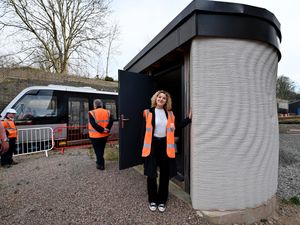5 things you need to know about the bugs secretly living in your house
This is based on the new findings published in Scientific Reports.
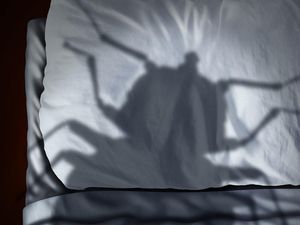
They may be unwanted guests but new research suggests the bugs that live in your home are influenced by its layout and your lifestyle.
Scientists from North Carolina State University and the Natural History Museum of Denmark surveyed 50 urban homes in North Carolina and found that carpeted rooms on the ground level with numerous doors and windows are likely to prove very attractive to house-dwelling insects.
Here’s everything you need to know about the new findings on creepy crawlies that secretly take up residence in your home:
1. Insects prefer the ground floor
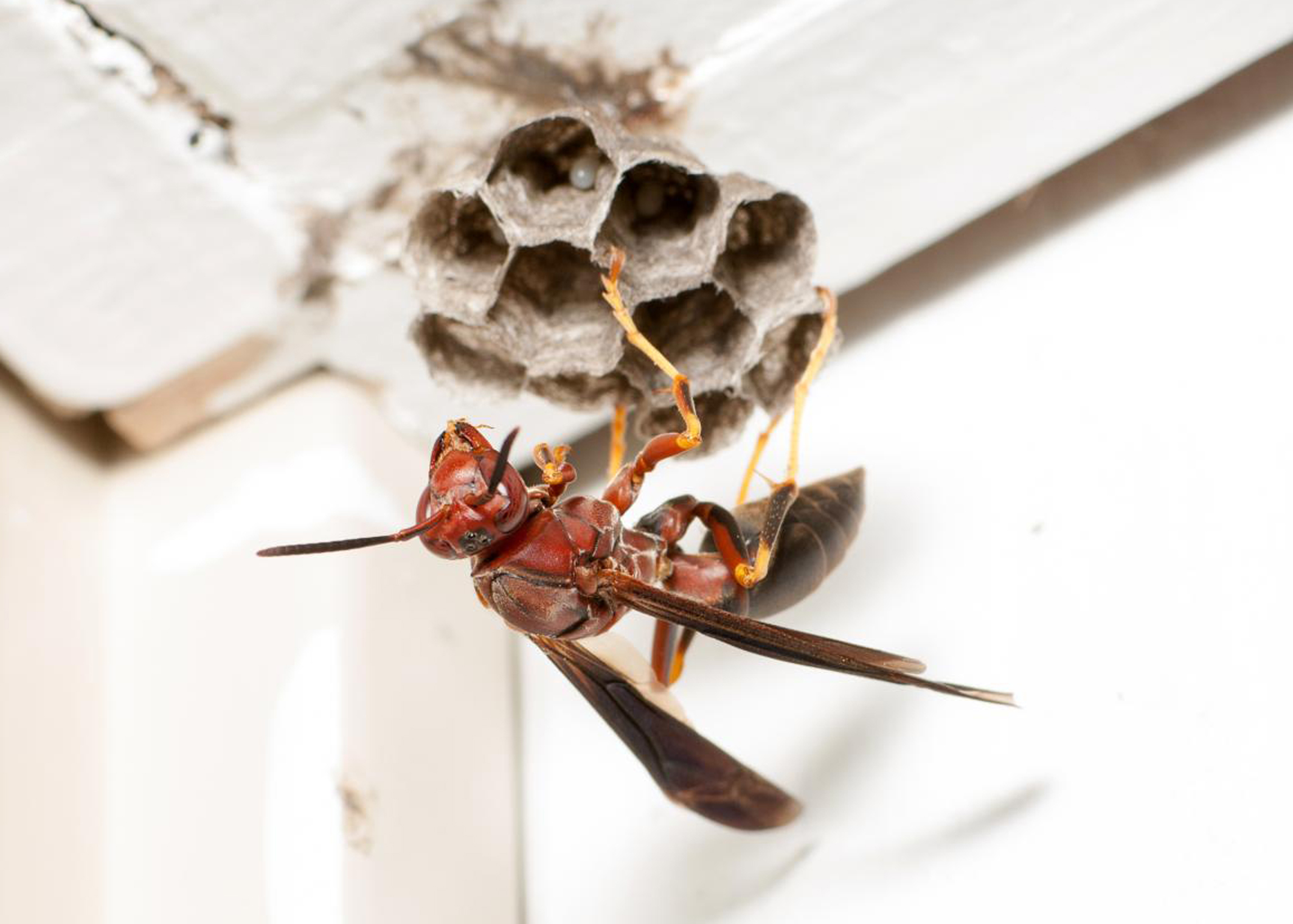
Larger rooms, especially on the ground floor or below ground such as the basement, were found to have a wider variety of insects.
2. Bugs are good for our health
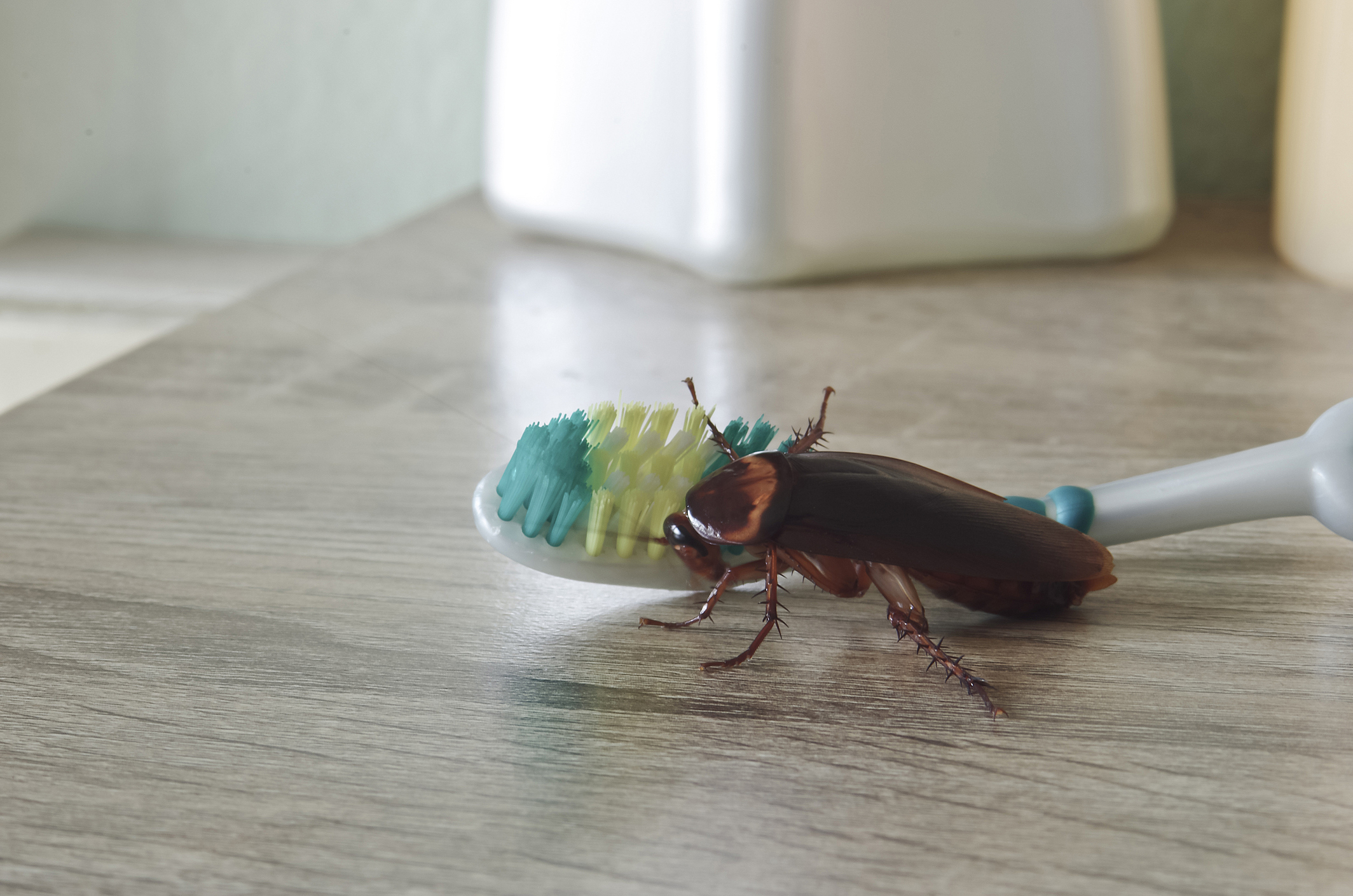
Study author Dr Michelle Trautwein said: “While the idea of uninvited insect roommates sounds unappealing, bugs in houses may contribute to health in a roundabout way.
“A growing body of evidence suggests some modern ailments are connected with our lack of exposure to wider biological diversity, particularly micro-organisms – and insects may play a role in hosting and spreading that microbial diversity indoors.”
3. Carpeted floors house more bugs than bare floors
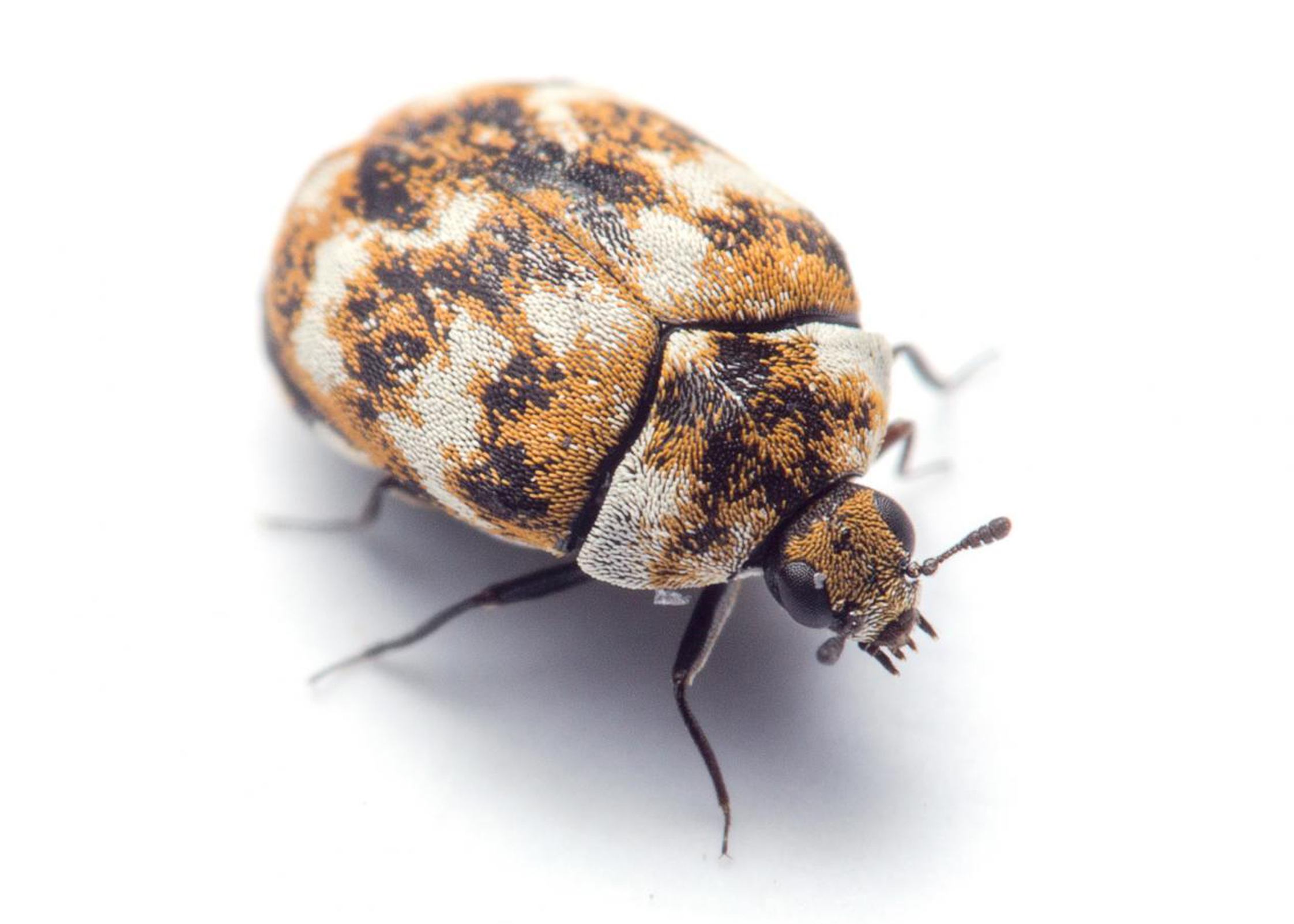
In fact, there are insects, such as carpet beetles, that are known to live within our cosy rugs.
They also found that “airier” rooms – with more windows and doors offering greater accessibility to the outdoors – were likely to be bug magnets.
Previous studies have shown homes in wealthier neighbourhoods hosted a greater diversity of indoor insects.
4. Bugs vary from room to room
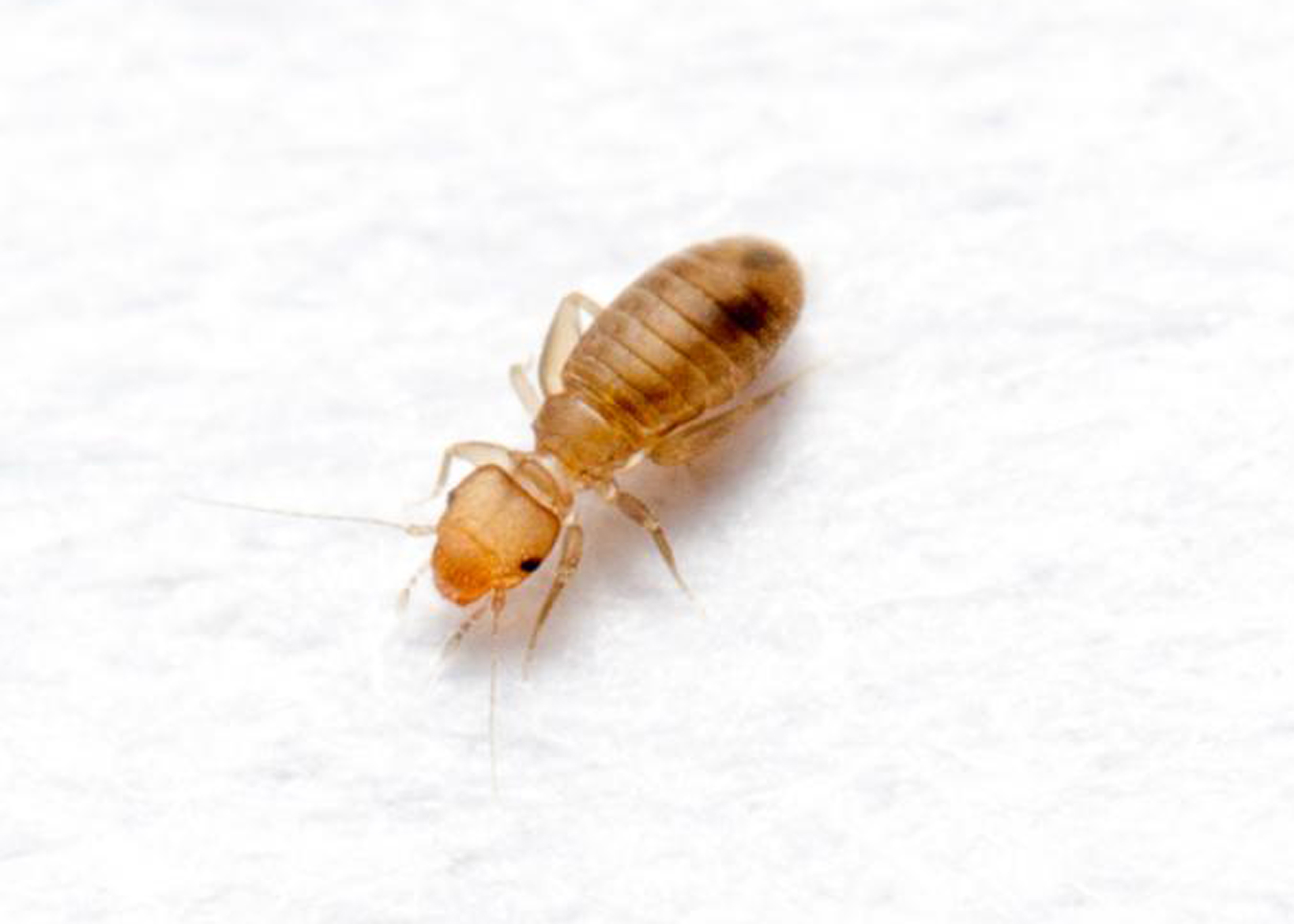
And dark, damp basements are more likely to hose diverse communities of cave-dwelling insects like spiders, mites, millipedes, camel crickets and ground beetles.
Dr Trautwein said: “We’re beginning to see how houses can be a passive go-between for insects travelling through the surrounding landscape.
“The more numerous the entry points of windows and doors, the more diverse the community that thrives inside.”
5. Being messy doesn’t mean you’ll have more bugs
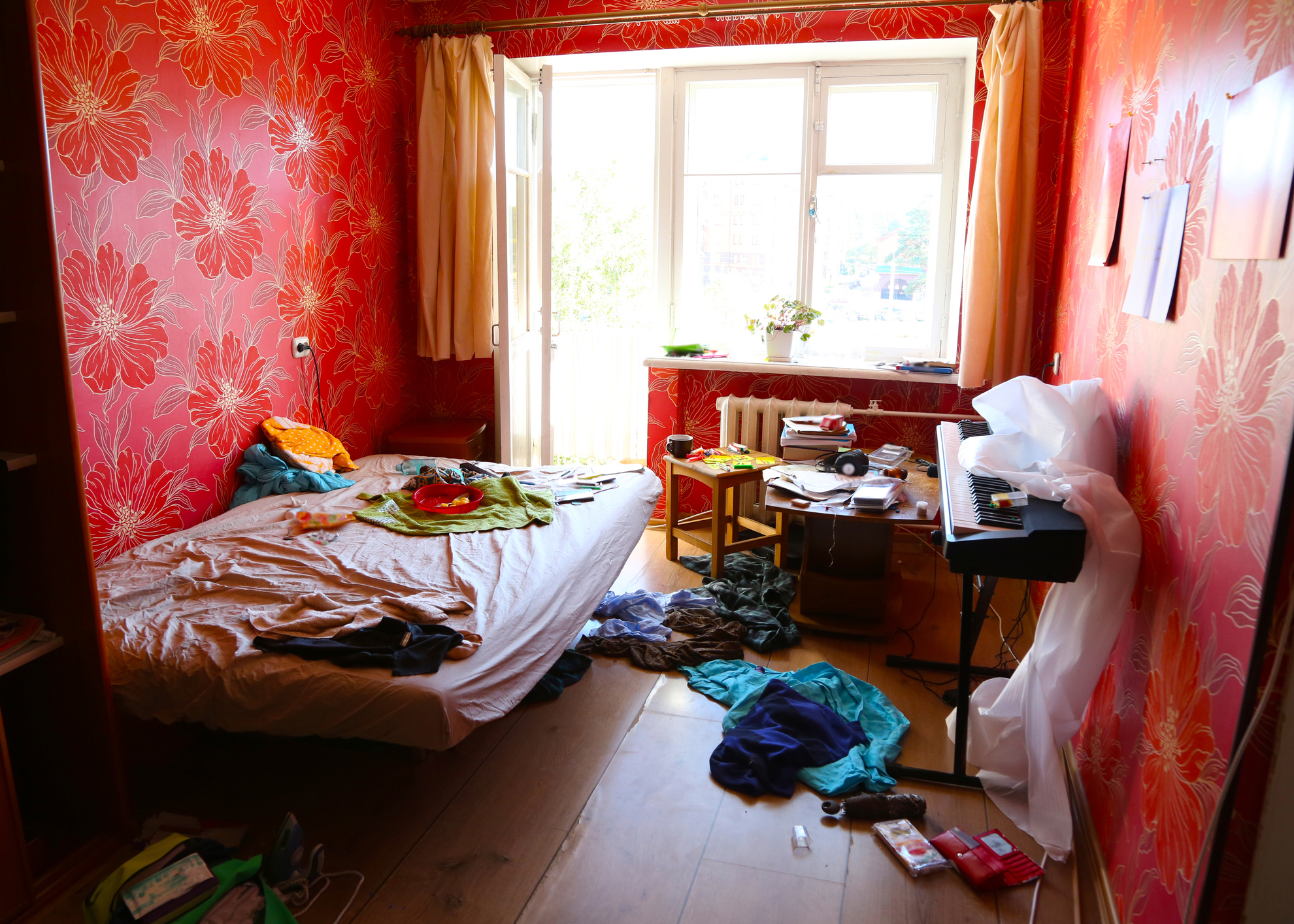
The only species that thrive in cluttered areas are cellar spiders, who are typically found living in damp crawl spaces.
Lead author Dr Misha Leong said: “Even though we like to think of our homes as shielded from the outdoors, wild ecological dramas may be unfolding right beside us as we go about our daily lives.
“We’re learning more and more about these sometimes-invisible relationships and how the homes we choose for ourselves also foster indoor ecosystems all their own.”
The findings are published in Scientific Reports.




